Let's be honest, everyone thinks their grandma made the best spaghetti and meatballs. And maybe she did. But for the rest of us trying to recreate that feeling, finding *that* perfect recipe can feel like a quest. You've probably scrolled through countless versions, each promising the "ultimate" or "easiest" way to get those tender, juicy meatballs swimming in rich, comforting sauce. Many fall short, resulting in dry hockey pucks or a watery excuse for marinara. That's why getting the right recipe for meatballs and spaghetti is crucial. It’s not just about throwing ingredients in a pot; it’s about understanding the little things that make a big difference. This guide cuts through the noise to give you a straightforward path to a dish that actually tastes like it took hours, even if it didn't. We’ll tackle the meatballs first – the real stars – then the sauce, and finally, how to bring it all together into a meal that might just rival grandma's, maybe even surpass it (don't tell her I said that).
Why This Classic Hits Different
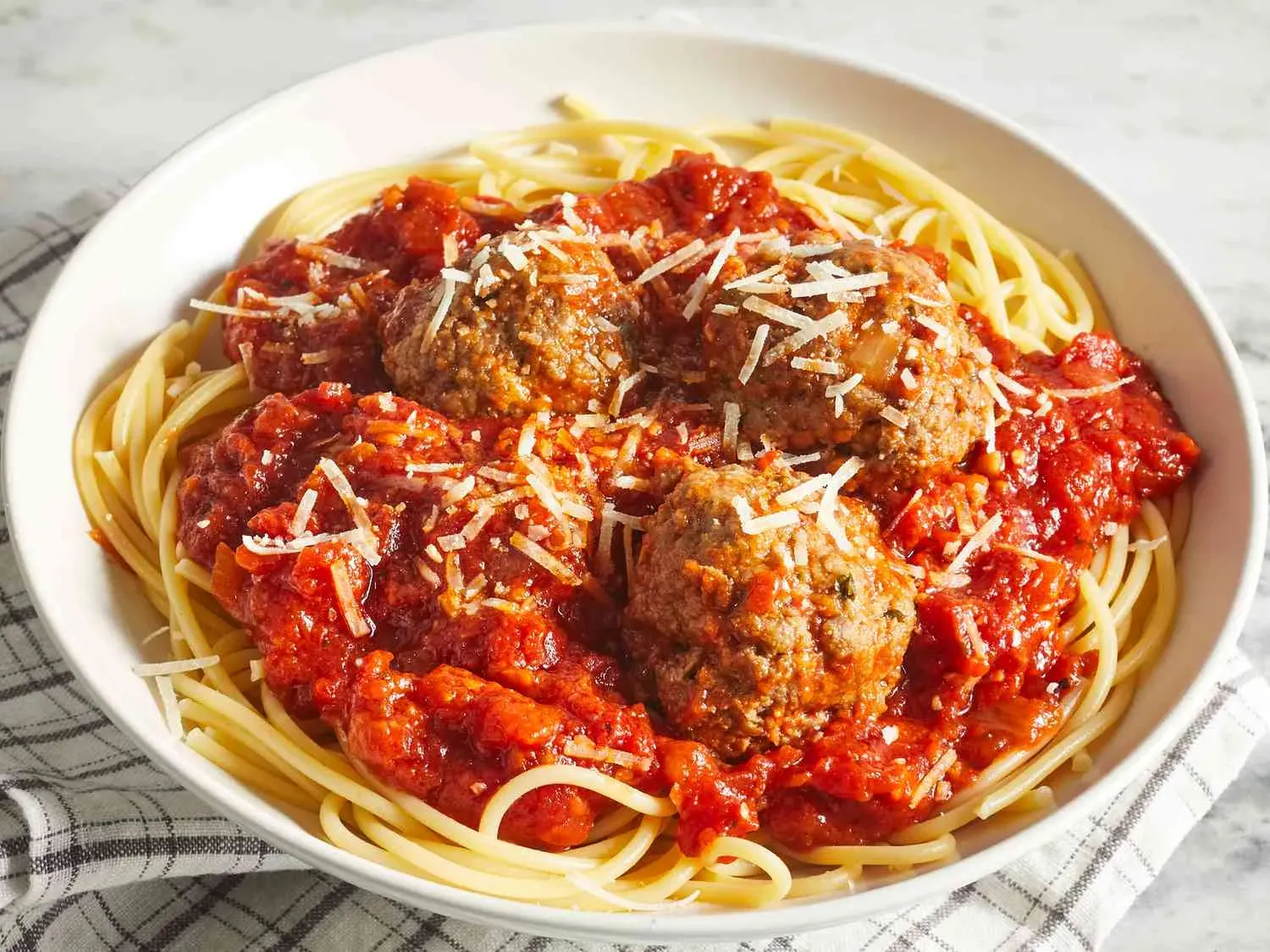
Why This Classic Hits Different
Look, plenty of dishes claim "classic" status, but let's be real, few deliver like spaghetti and meatballs. It's more than just pasta and sauce; it's a culinary hug in a bowl. Think about it: the tender, savory bite of a perfectly cooked meatball, nestled in a rich, slow-simmered tomato sauce, all clinging to strands of perfectly al dente spaghetti. It hits that comfort spot deep down, the one tied to childhood dinners or cozy nights in. It’s uncomplicated in its core idea, yet allows for endless tinkering and personal touches. That's why mastering a solid isn't just about following steps; it's about capturing that feeling, that specific kind of satisfying deliciousness that makes you want seconds, maybe even thirds, and absolutely requires a nap afterward.
Crafting the Perfect Meatball for Your Spaghetti
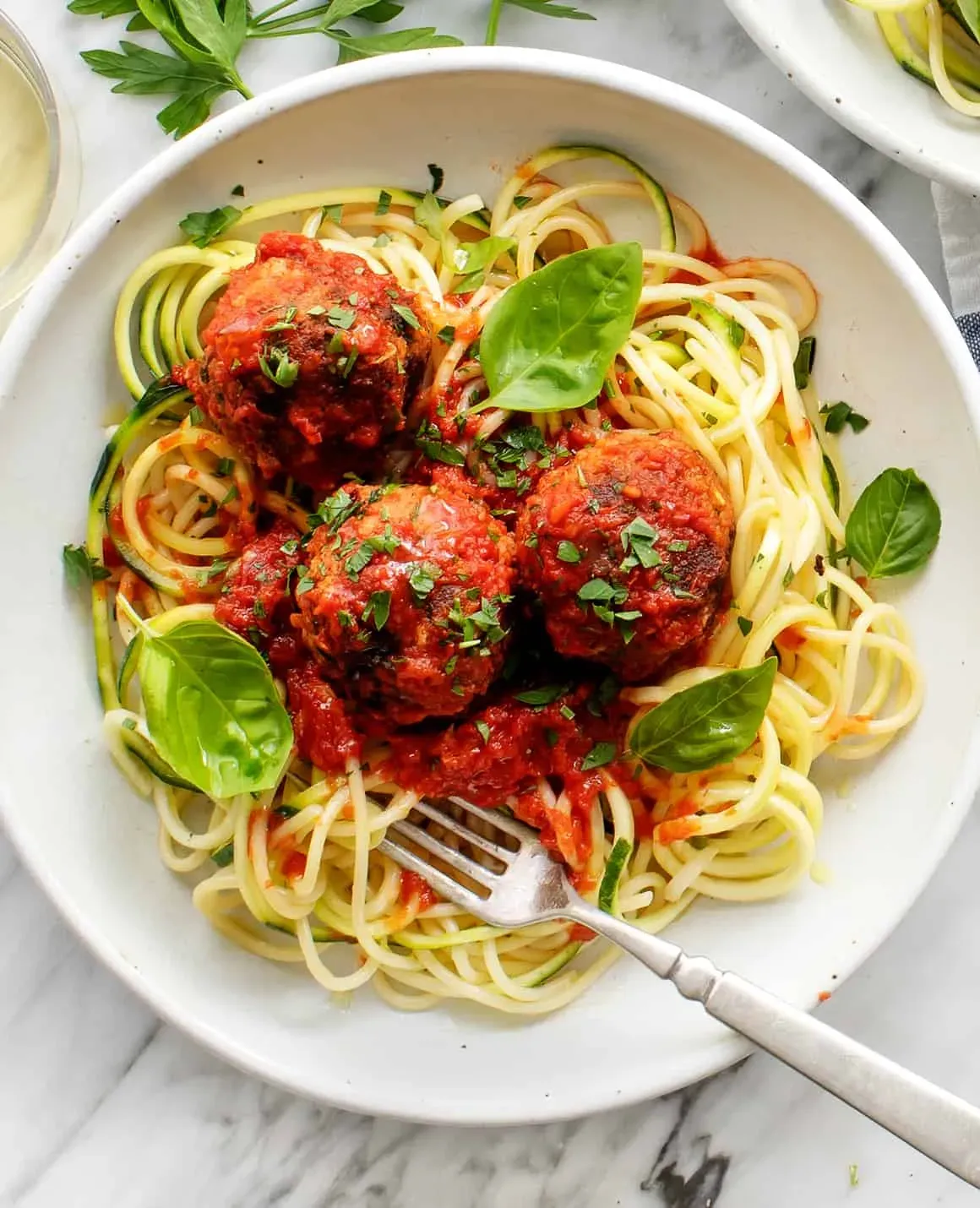
Crafting the Perfect Meatball for Your Spaghetti
Getting the Meat Mix Right
Alright, let's talk meatballs. This is where many a hopeful chef stumbles. You can't just grab any old ground beef and call it a day. For a truly tender, flavorful meatball in your recipe for meatballs and spaghetti, you need a mix. A classic blend is beef, pork, and veal. The beef brings the flavor, the pork adds moisture, and the veal contributes tenderness. Skip the pre-packaged "meatloaf mix" unless you know exactly what's in it; sometimes it's just beef with extra fat. We're aiming for roughly an 80/20 lean-to-fat ratio across the blend. Too lean, and you get dry, sad little balls. Too fatty, and they can fall apart or leave a grease slick. Beyond the meat, the binding agents are crucial. We're talking breadcrumbs (fresh is better than dried, trust me) soaked in milk or water, eggs, grated Parmesan cheese (use the real stuff, not the sawdust in a can), minced garlic, and fresh parsley. Salt and pepper, obviously. Don't skimp on the seasoning here; bland meatballs are a crime.
Mixing, Forming, and Cooking for Tenderness
Now, the mixing. This isn't bread dough; you don't need to develop gluten. Overmixing is the enemy of a tender meatball. Mix everything gently with your hands until just combined. Think of it like making a loose snowball, not packing concrete. Once mixed, wet your hands slightly and form the balls. Aim for a consistent size, maybe 1 ½ to 2 inches in diameter. This ensures they cook evenly. Don't pack them too tightly. A gentle roll is all it takes. As for cooking, pan-frying gets you a nice crust and color, adding flavor, but finishing them by simmering in the sauce is key for tenderness. Some folks bake them first to avoid the mess, which is fine, but you miss out on some of that initial browning depth. Drop those formed beauties into your simmering marinara and let them finish cooking low and slow. This infuses them with sauce flavor and keeps them from drying out, truly elevating your recipe for meatballs and spaghetti.
Here's a quick breakdown of key meatball components:
- Meat Blend: Beef, Pork, Veal (aim for 80/20 total fat)
- Binder: Fresh breadcrumbs soaked in milk/water
- Flavor: Parmesan cheese, garlic, fresh parsley
- Moisture/Structure: Eggs
- Seasoning: Salt, pepper
- Cooking Method: Brown lightly (optional bake), finish simmering in sauce
Bringing It All Together: The Sauce, The Pasta, The Magic in Your Recipe for Meatballs and Spaghetti
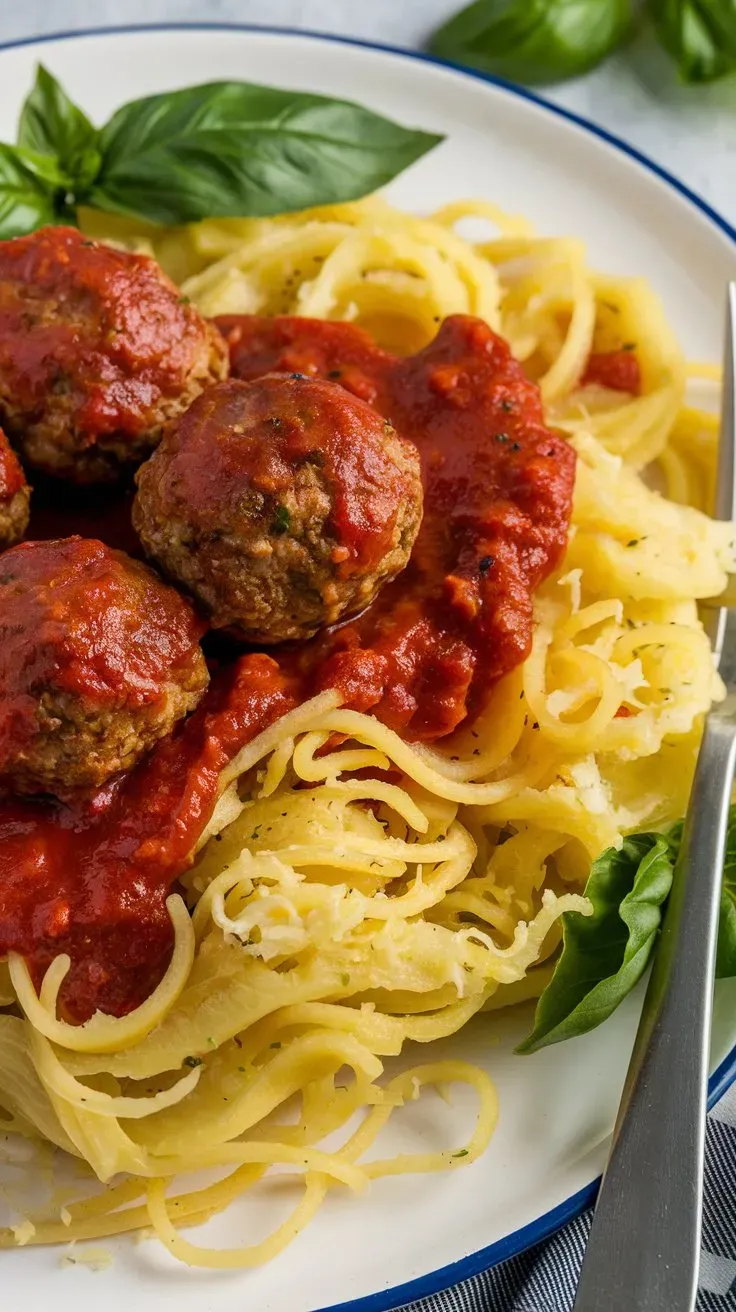
Bringing It All Together: The Sauce, The Pasta, The Magic in Your Recipe for Meatballs and Spaghetti
The Sauce: More Than Just Red Goo
you've got your perfectly formed meatballs ready to go. Now, the sauce. This is the backbone of any great recipe for meatballs and spaghetti. While you *can* use store-bought marinara, and I get it, sometimes life is hectic, a homemade sauce takes this dish from good to "holy cannoli, what did you do?!" It doesn't have to be an all-day affair. Start with good quality canned crushed tomatoes. San Marzano are the gold standard for a reason. Sauté some garlic and maybe a little onion in olive oil first. Add the tomatoes, a splash of red wine if you're feeling fancy, a bay leaf, maybe a pinch of sugar to balance the acidity, and crucial herbs like oregano and basil. Let it simmer gently while your meatballs finish cooking in it. This low and slow simmer is where the magic happens, allowing the flavors to meld and deepen. It’s not just cooking; it’s transforming.
Perfecting the Pasta and The Grand Finale
Now for the pasta. Please, for the love of all that is holy, cook your spaghetti properly. Al dente. It means "to the tooth," and it's the only way. It should have a slight bite, not be mushy. Use a big pot, lots of water, and *generously* salt it until it tastes like the sea. Seriously. The pasta absorbs that salt and it makes a huge difference in the final dish. Cook it according to package directions, but start checking a minute or two early. Drain it, but save a cup of that starchy pasta water. This is your secret weapon for bringing the whole recipe for meatballs and spaghetti together. Toss the drained pasta directly into the pot with your simmering sauce and meatballs. Add a splash of that reserved pasta water. This starchy liquid helps the sauce cling to the pasta, creating that beautiful, cohesive dish instead of a pile of naked noodles with sauce pooling at the bottom. Give it a good toss, ensuring every strand is coated. Serve immediately, topped with more fresh Parmesan and basil.
Quick Sauce & Pasta Checklist:
- Use quality crushed tomatoes (San Marzano if possible).
- Sauté aromatics (garlic, onion).
- Simmer sauce gently with meatballs to meld flavors.
- Cook pasta in well-salted water until al dente.
- Reserve starchy pasta water.
- Toss pasta directly in sauce with a splash of pasta water.
Troubleshooting Your Recipe for Meatballs and Spaghetti
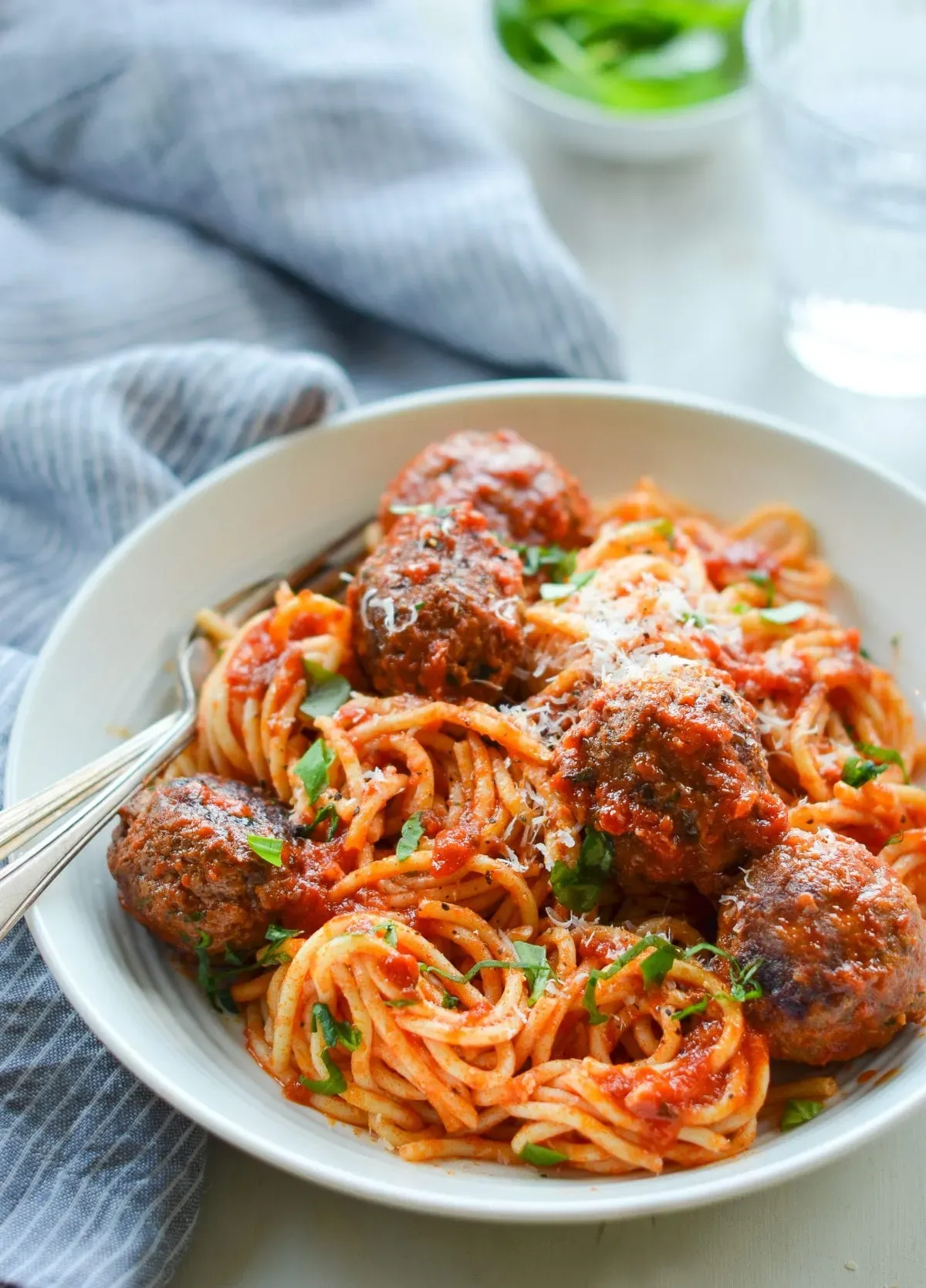
Troubleshooting Your Recipe for Meatballs and Spaghetti
Common Pitfalls and How to Fix Them
so you followed the steps for your recipe for meatballs and spaghetti, but things didn't go exactly as planned? Don't sweat it; it happens. Dry meatballs are usually the culprit of overmixing the meat, using too lean a blend, or not having enough binder and moisture (like those soaked breadcrumbs). If yours came out like golf balls, try adding a bit more liquid (milk or broth) to the mix next time and handle the meat gently. Sauce too thin? Let it simmer uncovered for longer to reduce and thicken. Too thick? Add some of that reserved pasta water or a splash of broth. Pasta not coated properly? You probably skipped tossing it *in* the sauce with some pasta water. That starch is non-negotiable for getting the sauce to cling. And if your meatballs fell apart in the sauce? You might have packed them too loosely, or the sauce wasn't at a gentle simmer, but more of a rolling boil. Adjusting heat and handling is key.
FAQs on Your Favorite Recipe for Meatballs and Spaghetti
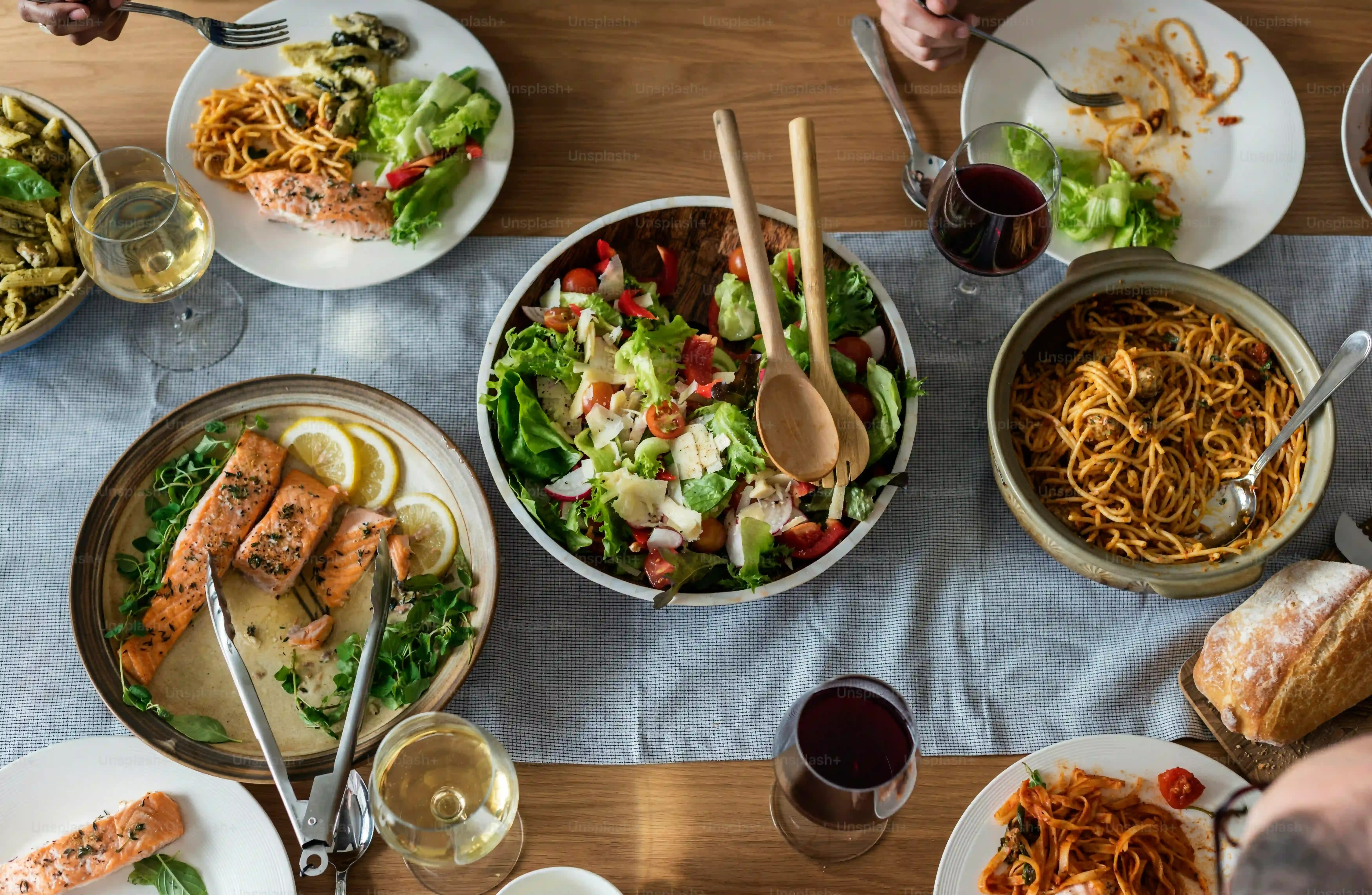
FAQs on Your Favorite Recipe for Meatballs and Spaghetti
Can I Bake My Meatballs Instead of Frying or Simmering?
Absolutely, you can bake your meatballs, and many people prefer it for less mess. If you're working on your favorite recipe for meatballs and spaghetti and want to skip the pan-frying splatter, baking is a solid option. Preheat your oven to around 400°F (200°C). Place the formed meatballs on a baking sheet lined with parchment paper. Bake for about 15-20 minutes, or until they're browned on the outside and cooked through. They won't get the exact same deep crust as pan-frying, but it works. The crucial part remains transferring them to your simmering sauce afterward. Letting them finish cooking in the sauce is essential for them to absorb flavor and stay tender. Don't just bake them and toss them on dry pasta; that's like skipping the best part of the movie.
Common Meatball Cooking Methods:
- Pan-Fry & Simmer: Classic browning, deep flavor, finishes tender in sauce.
- Bake & Simmer: Less mess, good browning, finishes tender in sauce.
- Simmer Only: Easiest, but lacks browning flavor depth. Meatballs can be *slightly* less firm.
What's the Best Way to Store Leftovers or Make Ahead?
One of the best things about a good recipe for meatballs and spaghetti is how well it handles leftovers. This stuff often tastes even better the next day once the flavors have had more time to mingle. Store the sauce and meatballs together in an airtight container in the fridge for up to 3-4 days. Cooked pasta is best stored separately if you want to avoid it getting mushy, but you can also store it mixed in; just know the texture will change. For making ahead or freezing, cook the meatballs and sauce completely, let it cool, then store in freezer-safe containers or bags. It freezes beautifully for up to 3 months. Thaw overnight in the fridge and reheat gently on the stove. Cook fresh pasta when you're ready to serve.
Freezing Your Masterpiece:
Component | Storage Method | Freezer Time |
|---|---|---|
Meatballs & Sauce (together) | Airtight container/freezer bag | Up to 3 months |
Cooked Pasta | Airtight container (separate from sauce is best) | Not recommended for long-term texture |
Uncooked Meatballs | Freeze on tray until firm, then transfer to bag | Up to 3 months |
Your Table Awaits
So there you have it. We’ve gone from ground meat and pantry staples to a steaming plate of classic comfort. You’ve navigated the potential pitfalls – the dry meatballs, the bland sauce – and arrived at something genuinely satisfying. This recipe for meatballs and spaghetti isn't rocket science, but getting it right consistently requires paying attention to a few details. Now, the only thing left is to twirl that fork, take a bite, and maybe, just maybe, impress yourself. And if someone asks for the recipe? Well, that's up to you. Some secrets are best kept close.